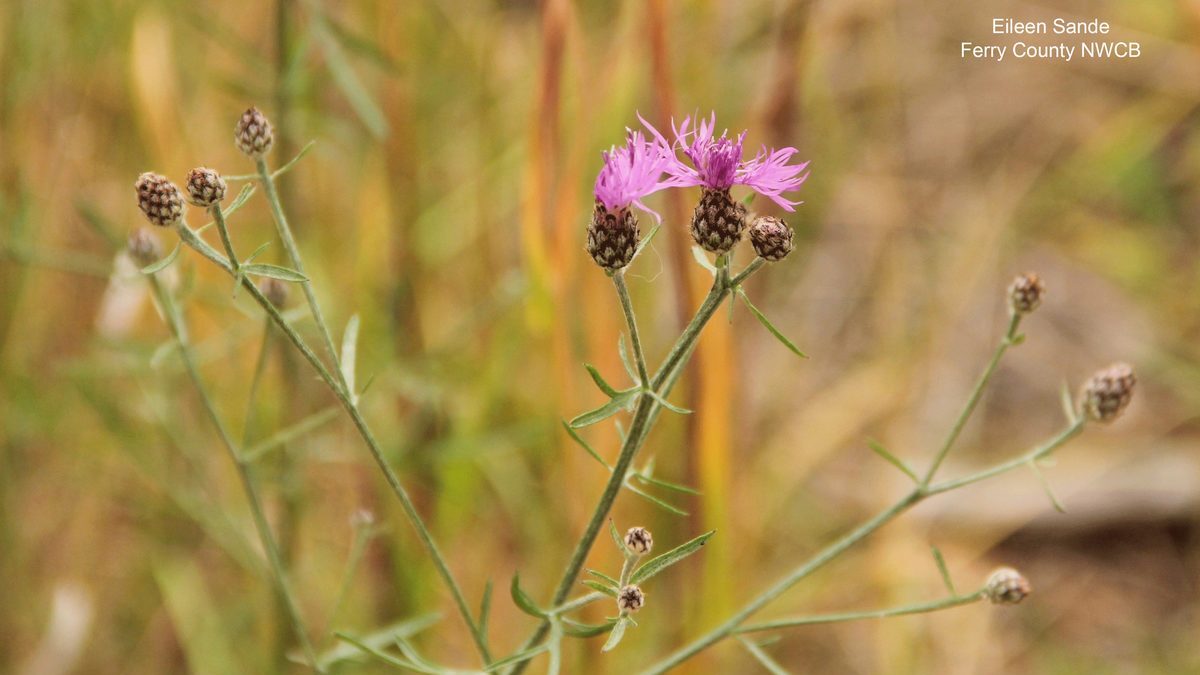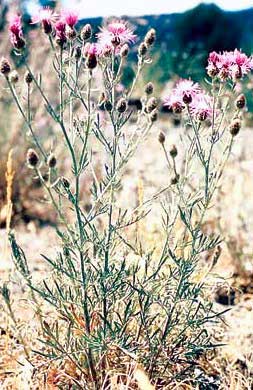The Impact of Invasive Species
April 8, 2022
April 8, 2022
Every organism on the planet has evolved and adapted over millions of years to coexist within a community of other organisms. The collective community is known as an ecosystem. Fungi, plants, animals, and bacteria all rely on one another to keep each other in check in unique and sensitive ways. These species also adapted to the landscape and depend on the local climate, geology, topography, and water resources. The species that co-evolved together, and to their landscape are known as “native species.”
By the same token, a “non-native species” is one that evolved in an ecosystem and then brought to a different region. Some of the non-native species thrive in their new environment with more access to resources like water or fewer natural predators than their native ecosystem. When a species comes to a new region and begins to outcompete native species for resources, this is called an “invasive species.” Invasive species can be flora or fauna and are commonly introduced as a result of human interference. Many invasive plants are planted in gardens as ornamentals or grown as livestock feed, and often invasive wildlife species are brought to a new region either to be hunted or kept as a pet, then released.
Register here to help with the Weed ID & Removal
project at Rimrock to Riverside on April 15th.
There aren’t many areas left on earth that haven’t been touched by an invasive species. In the Inland Northwest, we’ve racked up quite a long list of both invasive plants and wildlife, all of which upset the native ecosystem in one way or another. At Inland Northwest Land Conservancy, our efforts are most effective in treating invasive plant species.

Why is it important to remove invasive species?
Ecosystems that have been impacted by invasive species can experience many different and significant changes.
Loss of vegetative biodiversity– Development and invasive species are the leading cause of native biodiversity loss. A healthy plant community has a variety of native grasses and wildflowers, shrubs, and trees. A single invasive species can spread quickly and thwart the growth of all native species, creating whole landscapes dominated by one species, or monocultures. If you’re familiar with our Waikiki Springs Nature Preserve property, you’ll understand the meaning of monoculture. Just look across the fields on the north side of the Little Spokane River. They’re covered in large patches of knapweed, absinthe wormwood, blueweed, and poison hemlock. Almost no native vegetation exists there anymore because of decades of invasive species growing, untreated.
Water quality– Native plants that evolved to fit the region’s water systems developed specific adaptations to keep those waters cool, clean, and clear. Many riparian species have deep roots that help stabilize banks and reduce erosion. Others adapted to have “wet feet” or resistance to root rot, like willows that shade lakes and rivers to keep the water cool. Many wetland species absorb toxins and purify the water that flows through them. Invasive species, like reed canary grass, create streams that are increasingly incised (deep and muddy), and warm due to a lack of shade from native tree species. This drastically alters a body of water’s temperature, sediment contamination, “meander” or water course, and the species that can survive in it.
Decreased quality of fish and wildlife habitat– When the vegetation community changes, so does the community of fish and wildlife that depends on that vegetation. When streams warm in reed canary grass-dominated ecosystems, the water heats up to the point that fish can’t successfully spawn. Many herbivores aren’t adapted to eating invasive species like knapweed and must expand their territory to look for their usual food sources.
Increased fire risk- The native species that are adapted to our region are adapted to the standard fire regime as well. It varies in our region, but most of the Inland Northwest was accustomed to burning every 12 years, on average. Native vegetation didn’t fuel these fires as readily as invasives. A good example of this is cheatgrass, an invasive brought to our region to feed livestock. It quickly creates monocultures, occupying vast swaths of our open spaces, and fully dries out by mid-summer. This creates a large landscape full of tinder that can easily flare up faster and burn hotter than native species. Native species like Idaho fescue, blue bunch wheatgrass, and Great Basin wildrye are all adapted to frequent fire and don’t provide as much fuel or dry out as fully or quickly as cheatgrass.
What can we do to prevent and treat invasive species in our area?
There are many things we can all do to both prevent the spread of invasive species and remove them from our landscape.
Preventative measures:
– Be aware of seeds! Seeds and spores can cling to pants, boots, backpacks, and dogs. Brush off your boots, pants, and other equipment before you head home from your hike. Keeping the seeds on the property where they originated will slow the spread of weeds to another site where they might not be present yet.
– Plant only native species in your garden! Many ornamental species are not native to our region and can spread by seed or by rhizome (root) to another place.

Removal:
It’s important to do your research before removing invasive species. Each species is different. They flower at different times, spread by different means, and may contain toxins that could harm the remover. To be truly effective at treating an invasive species, we need to understand them well.
Common weeds that can be pulled with efficacy:
– St. John’s Wort
– Canada thistle
– common mullein
– spotted knapweed (Shown in image on right)
– rush skeletonweed
– absinthe wormwood
Proceed with caution when using chemicals. No herbicide or weed treatment chemical is totally benign, and some can be downright nasty. But some weeds can only be treated chemically either because mechanical treatment methods aren’t effective, or it’s not safe for the remover to treat the plant by hand. With the right balance and careful application, chemical herbicides can be used to effectively treat weeds with limited impact on the surrounding environment. Of course, when possible to treat by hand or with a machine, that’s the best option.
Join your conservancy at one of our upcoming
projects focusing on native plant habitat restoration:
Weed ID & Removal: April 15 at Rimrock to Riverside
Weed ID & Removal: May 6 at Saltese Uplands
Native Plant Habitat Restoration: May 13 at Waikiki Springs